
Dharmesh Mistry
Banking/Technology Consultant, Author, Advisor and Investor
The Future of Banking: Rethinking Digital Transformation for a Changing World
Over the past decade, digital transformation in banking has largely focused on modernization—migrating from legacy systems to cloud platforms, digitizing customer interactions, and automating back-office processes. However, the landscape has changed. Banking is no longer just about transactions; it’s about intelligence, adaptability, and deeply integrating financial services into customers’ lives.
Banks Must Think Differently Now
The rapid evolution of technology and customer expectations means traditional approaches to digital transformation are no longer enough. Banks need to move beyond digitizing legacy processes and instead embrace a future-ready mindset that prioritizes:
- 1. AI-Powered Hyper-Personalization
Customers now expect their banks to anticipate their needs. AI-driven analytics can transform banks from service providers into trusted financial advisors—offering real-time insights, proactive financial recommendations, intelligent fraud detection, and dynamic credit decisions. To remain competitive, banks must leverage AI to deliver hyper-personalized experiences that enhance customer engagement and retention.
- 2. Composable and Modular Banking
The days of monolithic banking platforms are over. To stay agile, banks must embrace a composable architecture, integrating best-of-breed solutions that allow them to scale and pivot quickly. Banking-as-a-Service (BaaS), RPA- as-a- Service (RPAaaS) and embedded finance are now essential strategies, enabling banks to extend their services beyond traditional channels and into new ecosystems.
- 3. A Mindset Shift from Cost Reduction to Value Creation
For too long, digital transformation efforts have centered around cost-cutting—automating processes, reducing workforce reliance, and streamlining operations. While efficiency is critical, the real competitive advantage lies in value creation—monetizing data, launching new digital-first financial products, and partnering with fintech innovators to unlock new revenue streams.
- 4. Security as a Competitive Advantage
Cyber threats and regulatory scrutiny are increasing. Security must become a core differentiator, not just a compliance checkbox. By embedding security-first principles into their digital infrastructure—leveraging biometric authentication, AI-driven fraud detection, and zero-trust architectures—banks can turn security into a trust-building advantage that attracts and retains customers.
- 5. Human + AI: The New Operating Model
The future of banking isn’t about replacing human expertise with AI—it’s about augmenting human decision-making with AI-driven intelligence. AI-powered automation can handle routine processes, while human relationship managers can focus on high-value advisory roles. Banks that successfully integrate AI-human collaboration will unlock new levels of productivity and customer satisfaction.
The Road Ahead: Rethinking Banking, Not Just Digitizing It
To thrive in this new era, banks must move away from “digitizing the bank” and instead focus on “reimagining banking itself.”
This means:

- Investing in cloud-native architectures that enable scalability and agility.
- Leveraging AI and automation to drive innovation at scale.
- Embedding financial services into everyday digital experiences through partnerships and ecosystems.
Banks that fail to evolve will be left behind—not because they lack technology, but because they fail to rethink their role in a digital-first world. The time for incremental change is over. The future belongs to those who act boldly, innovate relentlessly, and redefine the way banking works
Need an appointment



Quick Links
We build really better idea
Subscribe for newsletter & get day news, service updates
Resources


Need an appointment










